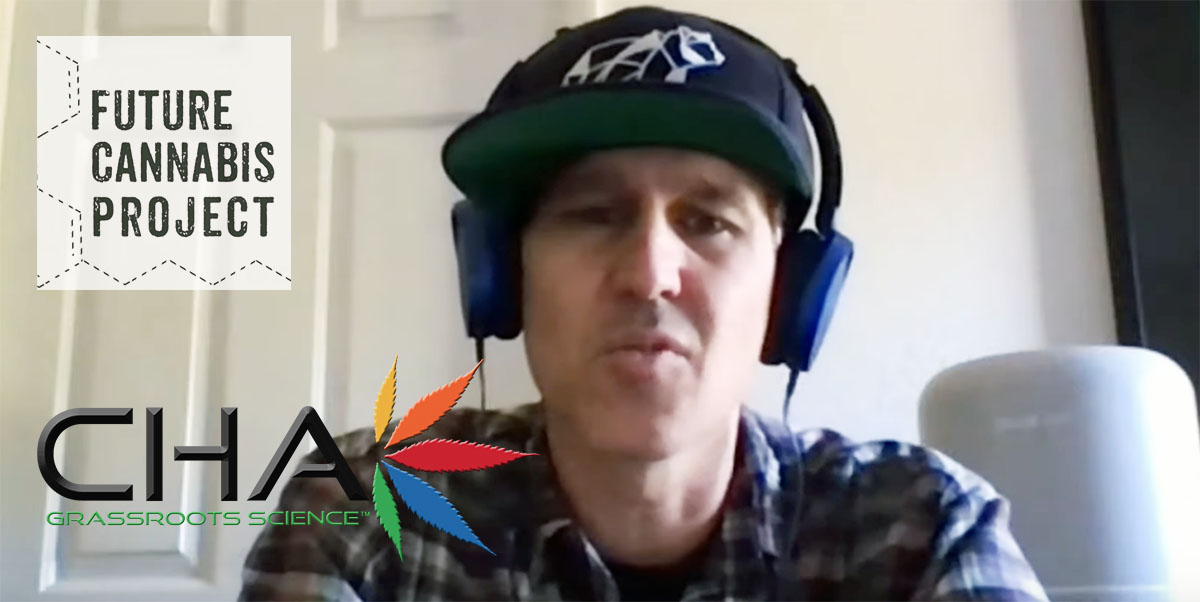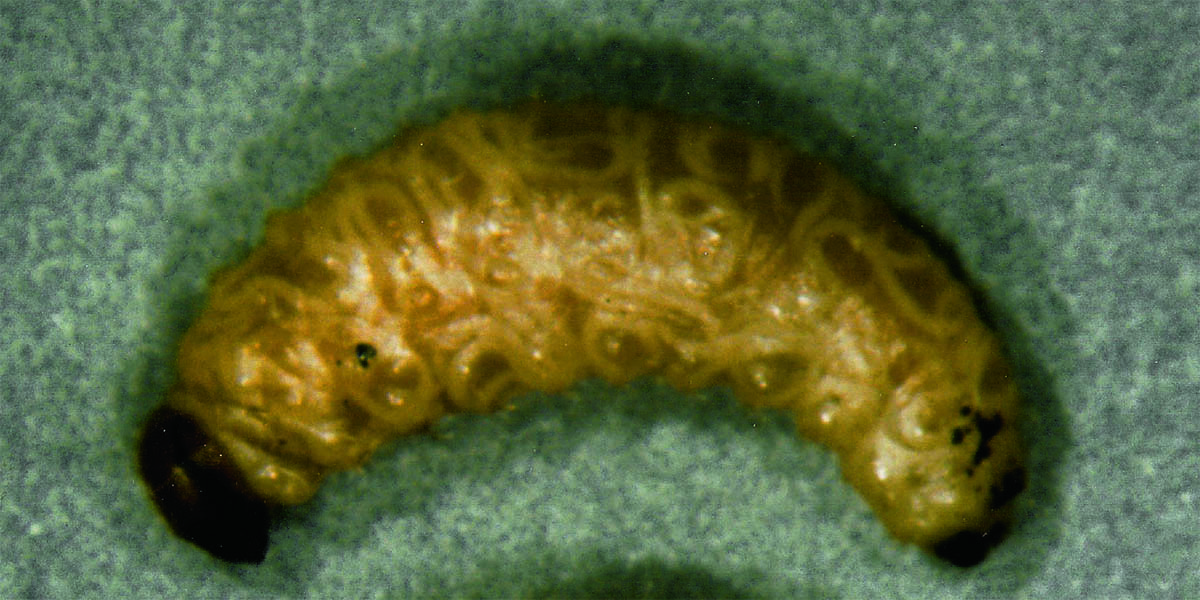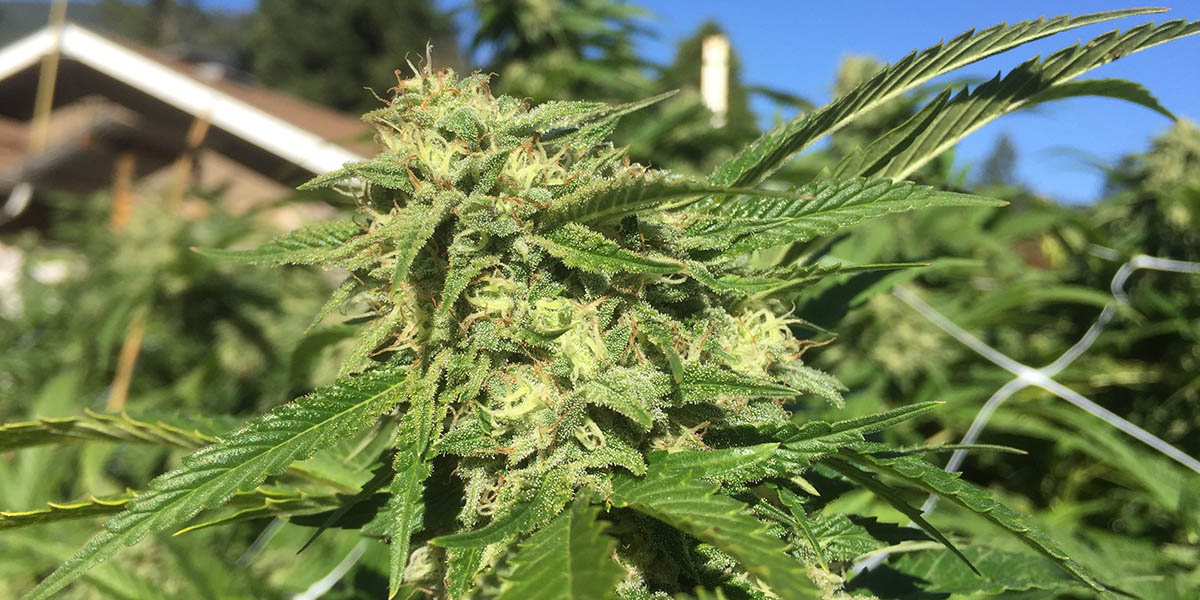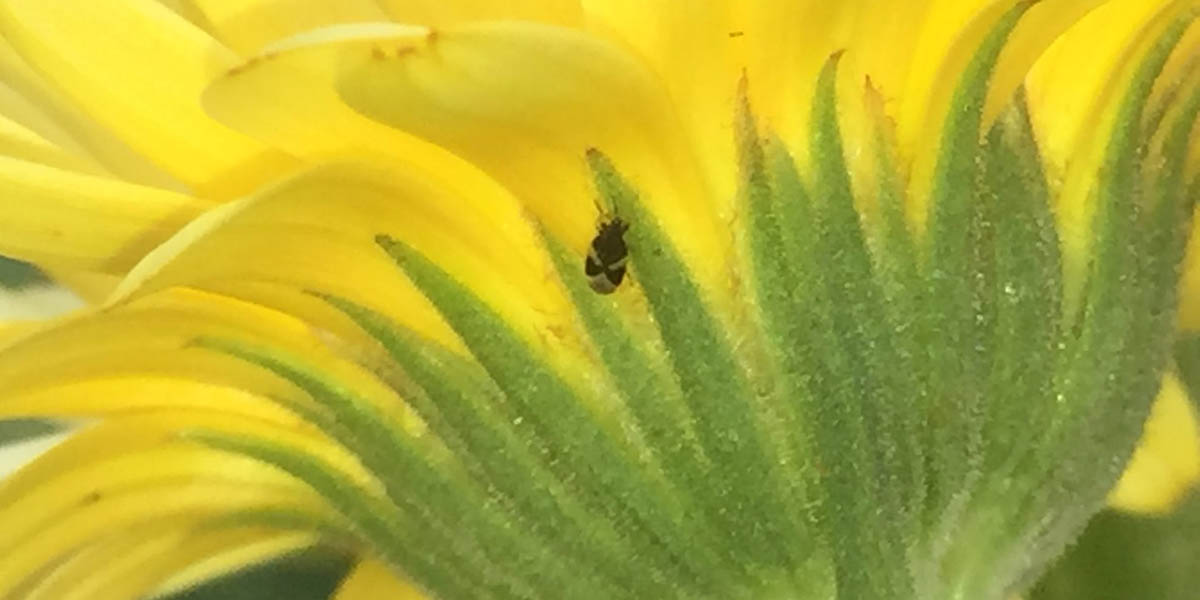The Soil Food Web 101:
Understanding the Interconnected Web of Life Beneath Our Feet
The soil food web is a concept that has revolutionized the way we understand the complex and dynamic ecosystem that lies beneath our feet. The concept was created by Dr. Elaine Ingham, a soil biologist and founder of Soil Foodweb Inc., in the late 1970s. Dr. Ingham’s research and experiments led her to the realization that healthy soil is not just a mixture of organic and inorganic matter, but a living and breathing ecosystem, teeming with countless microorganisms that work together to sustain plant growth and nutrient cycling.
The development of the soil food web was a result of Dr. Ingham’s work on the role of microorganisms in the soil. She recognized that soil microorganisms were not just passive players, but active participants in soil health and plant growth. In her research, she identified that microorganisms in the soil could be grouped into functional categories, such as decomposers, mutualists, and pathogens. These groups interact with each other to form a complex food web, much like the food web we see in above-ground ecosystems.
The soil food web is important because it helps us understand how the different components of soil microbiology work together to maintain healthy soil and promote plant growth. By understanding the interactions between microorganisms in the soil, we can develop more effective and sustainable farming and gardening practices.
What is the Soil Food Web?
The soil food web is a complex and interconnected network of organisms that live in the soil. It is made up of a wide variety of organisms, including bacteria, fungi, protozoa, nematodes, arthropods, and other microorganisms. These organisms interact with each other in a complex web of relationships that can be classified into trophic levels based on their role in the ecosystem.
The trophic levels in the soil food web include the following:
- Primary producers: These are the plants that are able to produce their own food through photosynthesis.
- Decomposers: These are the organisms that break down dead organic matter, such as fallen leaves, into smaller pieces that can be used by other organisms.
- Detritivores: These are the organisms that feed on the decomposing organic matter.
- Predators: These are the organisms that feed on other organisms.
- Parasites: These are the organisms that live on or inside other organisms and feed on their nutrients.
- Mutualists: These are the organisms that have a mutually beneficial relationship with other organisms.
The different components of the soil microbiology are described in more detail below.
Bacteria: Bacteria are one of the most abundant organisms in the soil. They play a crucial role in nutrient cycling, breaking down organic matter and making nutrients available to plants. Some bacteria are also capable of fixing atmospheric nitrogen into a form that plants can use. In addition, some bacteria are pathogenic and can cause diseases in plants.
Fungi: Fungi are another important group of microorganisms in the soil. They are essential for decomposing organic matter and releasing nutrients into the soil. Fungi also form symbiotic relationships with plants, helping them to absorb nutrients and water from the soil. Mycorrhizal fungi, for example, form associations with the roots of most plants, enabling them to access nutrients that are otherwise inaccessible.
Arthropods: Arthropods, such as mites, springtails, and beetles, are important decomposers in the soil. They break down organic matter and release nutrients into the soil. Arthropods also help to aerate the soil, improving its structure and water-holding capacity.
Grazers: Grazers are organisms that feed on other microorganisms in the soil, such as bacteria and fungi. They include:
Microbes: Microbes are the smallest and most abundant organisms in the soil. They include bacteria, fungi, and protozoa. They play an important role in nutrient cycling and decomposition, and also help to suppress plant pathogens.
Mutualists: Mutualists are organisms that have a mutually beneficial relationship with other organisms. Mycorrhizal fungi, for example, form associations with the roots of most plants, enabling them to access nutrients that are otherwise inaccessible. Nitrogen-fixing bacteria are another example of mutualists, as they form a symbiotic relationship with certain plants, such as legumes, and fix atmospheric nitrogen into a form that the plant can use.
Nematodes: Nematodes are microscopic, worm-like organisms that play an important role in the soil food web. They can be classified into three categories: bacterial-feeding, fungal-feeding, and predatory nematodes. Bacterial-feeding nematodes feed on bacteria, while fungal-feeding nematodes feed on fungi. Predatory nematodes, on the other hand, feed on other nematodes, as well as other small organisms in the soil.
Protozoa: Protozoa are single-celled organisms that play a crucial role in the soil food web. They are important grazers, feeding on bacteria, fungi, and other microbes in the soil. Protozoa also help to regulate the population of other microorganisms in the soil.
Trophic Levels in the Soil Food Web
As mentioned earlier, the organisms in the soil food web can be classified into different trophic levels based on their role in the ecosystem. The trophic levels in the soil food web are as follows:
- Primary producers: These are the plants that are able to produce their own food through photosynthesis.
- Decomposers: These are the organisms that break down dead organic matter, such as fallen leaves, into smaller pieces that can be used by other organisms.
- Detritivores: These are the organisms that feed on the decomposing organic matter.
- Predators: These are the organisms that feed on other organisms.
- Parasites: These are the organisms that live on or inside other organisms and feed on their nutrients.
- Mutualists: These are the organisms that have a mutually beneficial relationship with other organisms.
Functions of Soil Organisms
Soil organisms play a crucial role in maintaining healthy soil and promoting plant growth. The different types of soil organisms and their functions are summarized in the table below:
| Type of Organism | Function |
|---|---|
| Bacteria | Decomposition, nutrient cycling, nitrogen fixation |
| Fungi | Decomposition, nutrient cycling, mycorrhizal association with plants |
| Arthropods | Decomposition, nutrient cycling, aeration of soil |
| Grazers | Regulation of microbial populations |
| Microbes | Decomposition, nutrient cycling, suppression of plant pathogens |
| Mutualists | Symbiotic relationships with plants |
| Nematodes | Regulation of microbial populations |
| Protozoa | Regulation of microbial populations |
Managing Soil Health
Maintaining healthy soil is essential for sustainable agriculture and gardening practices. One way to promote soil health is by increasing the complexity of the soil food web. This can be achieved by reducing the use of synthetic fertilizers and pesticides, and by adding organic matter to the soil. Organic matter provides food for the microorganisms in the soil, promoting their growth and diversity.
Another way to promote soil health is by practicing crop rotation. Crop rotation helps to break the life cycles of plant pathogens and pests, reducing their populations and the need for synthetic pesticides. It also helps to maintain soil fertility by alternating crops that have different nutrient requirements.
There are many other ways to manage soil health, but for now we will cover just the basics.
Conclusion
The soil food web is a complex and dynamic ecosystem that plays a crucial role in maintaining healthy soil and promoting plant growth. It was first developed by Dr. Elaine Ingham, who recognized the importance of the microorganisms in the soil in promoting soil health. The soil food web includes a diverse range of organisms, including bacteria, fungi, arthropods, grazers, microbes, mutualists, nematodes, and protozoa, all of which play an important role in nutrient cycling and decomposition.
Understanding the soil food web and the functions of the different types of soil organisms can help farmers and gardeners manage soil health in a sustainable and effective manner. By promoting the growth and diversity of the microorganisms in the soil, we can create a healthy and fertile environment that supports plant growth and reduces the need for synthetic fertilizers and pesticides.
In conclusion, the soil food web is an essential component of healthy soil and sustainable agriculture practices. By promoting soil health and the complexity of the soil food web, we can create a more sustainable and resilient ecosystem that benefits both the environment and our food systems.
The Soil Food Web 101: Read More »











